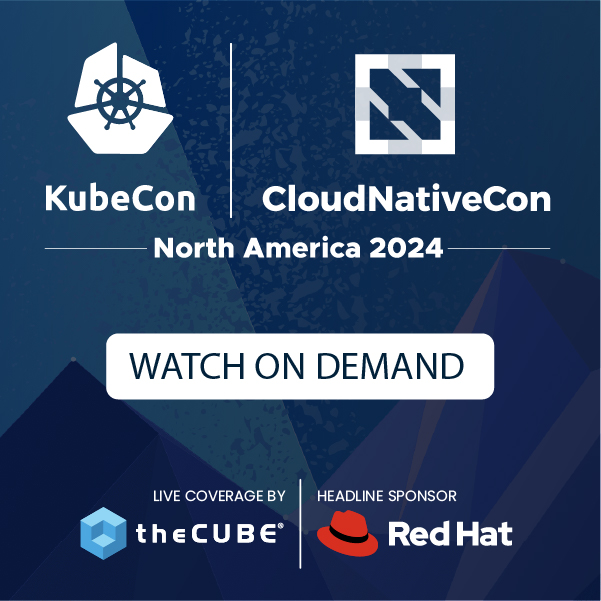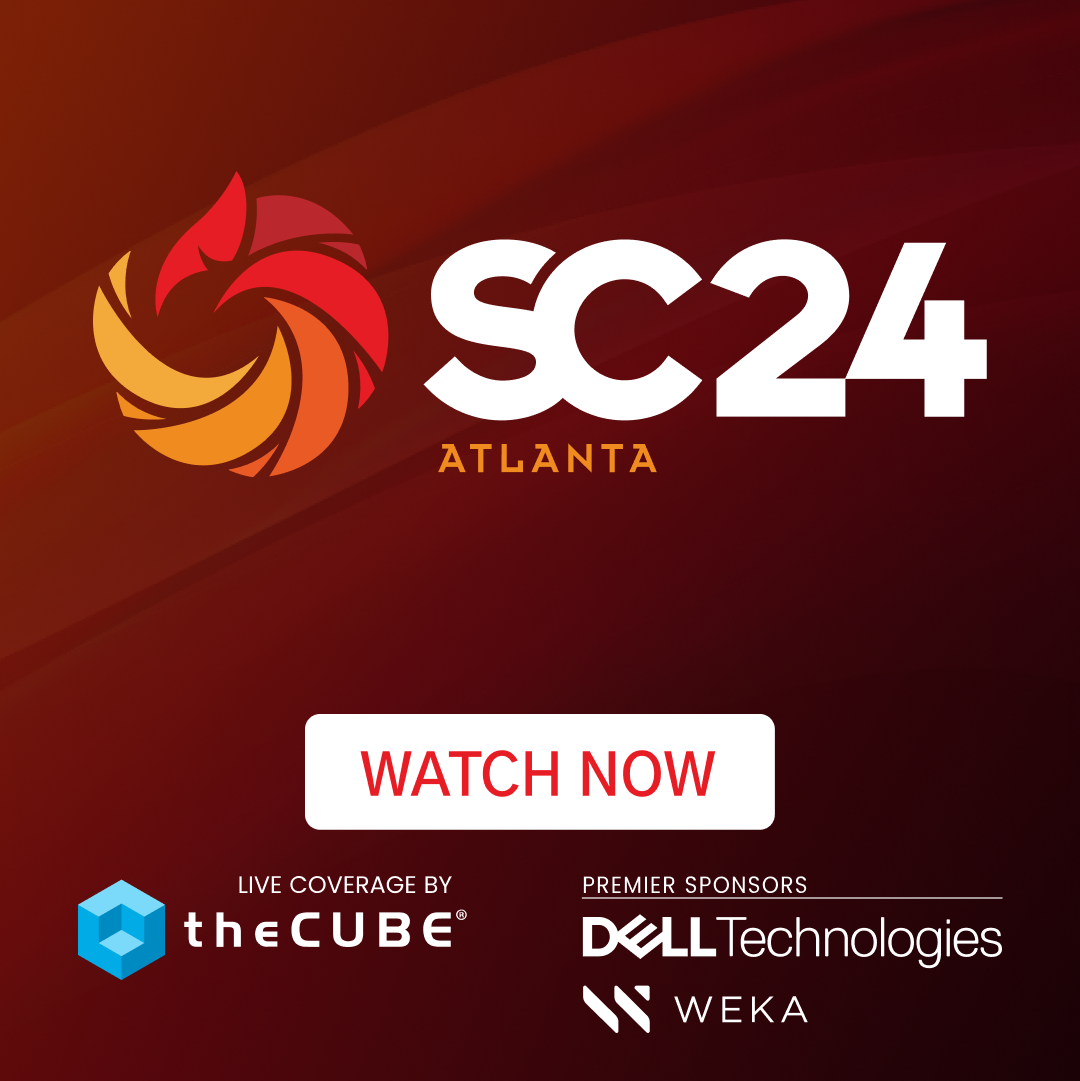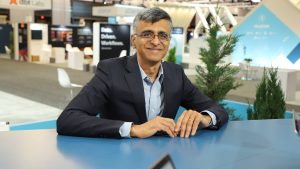Ellison Keynote at Oracle OpenWorld 2010: Cloud Computing, Virtualization and Fusion
If the audience at Oracle OpenWorld 2010 was hoping for fireworks between HP and Oracle they were sadly disappointed. As expected, on Sunday afternoon, HP’s Ann Livermore played true to her always professional and respectful form. Larry Ellison, not surprisingly, avoided any mention of the rift between the two companies over the hiring of X-CEO Mark Hurd. Rather his keynote was laced with heavy doses of Oracle’s vision of cloud computing, technical product pitches and some slaps at his major software competitors.
The big take away from his talk was that Oracle is heavily investing in integration. Oracle’s strategy is to integrate the piece parts of its vast portfolio and compete by bringing together hardware and software that is fully tested and works together. This is an expensive and time-consuming effort that will be the basis on which Oracle competes going forward. There is absolutely no doubt that lock-in is a key to Oracle’s primary strategy, however the company clearly recognizes it needs to provide alternatives for those customers that don’t want to go all Oracle.
Ellison on Cloud Computing
In his classic rant last year at the Churchill Club Larry Ellison railed on the cloud, calling it “water vapor” and taking to task the VC’s on Sand Hill Road who coalesce around cloud by simply doing a mass change in Microsoft Word from: Internet to: Cloud Computing.
At this year’s keynote, Ellison laid out the spectrum of so-called cloud computing. At the one end is Salesforce.com, which runs applications on the Internet, not on your own computers. ![]()
On the other end of the spectrum is Amazon’s EC2 platform which popularized cloud computing and is in stark contrast to Salesforce – meaning EC2 doesn’t come with apps, you need to build your own.
Ellison said Oracle agrees with Amazon’s vision of cloud as a platform and took some shots at Salesforce.com saying it was offering primarily a limited set of sales and service applications as a service (SaaS) with a deficient platform that wasn’t virtualized, had weak security and wasn’t really elastic.
According to Ellison, cloud is a platform on which you run standard-based software, databases, application development tools and guest OSes. He asserted that a cloud platform is a “comprehensive development and execution environment running all your applications” – not just sales and service apps.
Further Ellison claimed that such a platform must be virtualized, elastic and run hardware and software—bringing back memories of his Churchill Club ‘chat’ where he said that the cloud was nothing more than microprocessors and storage and networks and databases and middleware and applications connected over the Internet.
The Exalogic Elastic Compute Cloud
Invoking the VMware vision, Ellison said that not only are clouds going publicly available but individual customers will build private clouds. To support that he introduced the audience to the Oracle Exalogic Elastic Compute Cloud. This new offering is a big, honking, fast, powerful integrated box that no doubt is really, really expensive (think $1M box). Just like Exadata is an integrated hardware and software database appliance, Oracle’s new cloud box has hardware and software that work together to manage private cloud infrastructure.
The system contains dozens of servers that are loaded up, each with two six-core processers interconnected to each other and to storage with Infiniband. The value prop of this box is it is integrated, tested and easy to manage. For example all software inside the box can be patched with a single file download. As Ellison said “the likelihood of pilot error is low” as all changes to virtual machines, middleware, applications and devices have been pre-tested by Oracle.
The other key message here is that when customers buy, they will buy a ‘balanced’ system, meaning you’ll be buying memory, cores, flash, storage, servers, etc in chunks. The value proposition here is simplified acquisition, installation and management – the downside is you’ll be paying a premium.
Despite having it all in one “God Box” Ellison recognized that customers might like to buy someone other than Oracle. He laid out a three pronged go to market cloud strategy that includes:
1) Buying everything from Oracle (hardware, middleware, software)
2) Using Oracle’s software on a third party cloud (e.g. Amazon and Rackspace currently)
3) Renting Oracle apps in a SaaS model on a subscription basis—which Oracle has supported for years.
Fusion Applications
Toward the end of his pitch Ellison finally started talking about the effort Oracle has made to bring together its vast set of business software. In addition to its own e-Business suite, Oracle has purchased and is integrating numerous application suites including PeopleSoft, JD Edwards and Siebel. Ellison said it has taken more than five years to bring these piece parts together and re-implement everything on top of modern middleware written in Java.
Ellison said that real apps would G/A early next year.
The Angle on Oracle
Recently, IBM’s Sam Palmisano spoke about competition in the IT industry. He said that he wasn’t overly worried about HP because the company has scaled back its investments in R&D and essentially had become an electronics distributor (like Dell). He said he was more worried about Oracle because Oracle invests. On the heels of a strong quarterly earnings repots, Ellison said Oracle will spend $4B this coming year in R&D.
Despite the investments, Oracle is still far behind SAP in terms of business software revenue (approximately ½ the size of SAP). Bill McDermott, Co-CEO of SAP recently addressed this issue in an interview with SiliconAngle’s John Furrier (shown below). The battle between SAP and Oracle is just heating up again as SAP takes a completely different path to innovating than Oracle. SAP is more open and at a disadvantage with database (despite acquiring Sybase). Oracle is more closed, it dominates the database market, now owns hardware and is working fast to put the pieces together. My personal opinion is that Oracle will continue to do well but the market will always make room for a more open alternative. Companies like VMware and SAP, along with emerging open source efforts (e.g. Hadoop) are that alternative.
Oracle’s acquisition of Sun was the biggest chess board move in the industry in a decade. Ellison is signaling to the world that hardware and software will be integrated and Oracle probably has the vastest portfolio in the business. The only IP it really doesn’t own is networks and frankly it doesn’t need to because Oracle doesn’t want to be in the plumbing business.
For customers, this means that increasingly they will be buying integrated, out-of-the-box systems that Oracle can call “open” but they’re not. Think iPhone for the data center—standard components with lots of proprietary IP. This is good news from the standpoint of lowering risks and delivering high function and high value. However Oracle has the mother of all lock-in strategies in place. The data center business is an oligopoly being driven by a handful of companies and Oracle’s strategy is clear – deliver value through integration, lock customers into that value prop, charge them through the nose and offer bespoke hardware and software to those customers that don’t want it all from one vendor.
Pretty good story.
David Vellante is an entrepreneur, CEO and social media practitioner and founder of the Wikibon Project, a community of business technology practitioners that solves problems through an open sharing of free advisory knowledge. He can be reached on Twitter at @dvellante.
[Editor’s Note: You can watch our coverage of Oracle OpenWorld 2010 at SiliconAngle.tv – mrh]
A message from John Furrier, co-founder of SiliconANGLE:
Your vote of support is important to us and it helps us keep the content FREE.
One click below supports our mission to provide free, deep, and relevant content.
Join our community on YouTube
Join the community that includes more than 15,000 #CubeAlumni experts, including Amazon.com CEO Andy Jassy, Dell Technologies founder and CEO Michael Dell, Intel CEO Pat Gelsinger, and many more luminaries and experts.
THANK YOU













